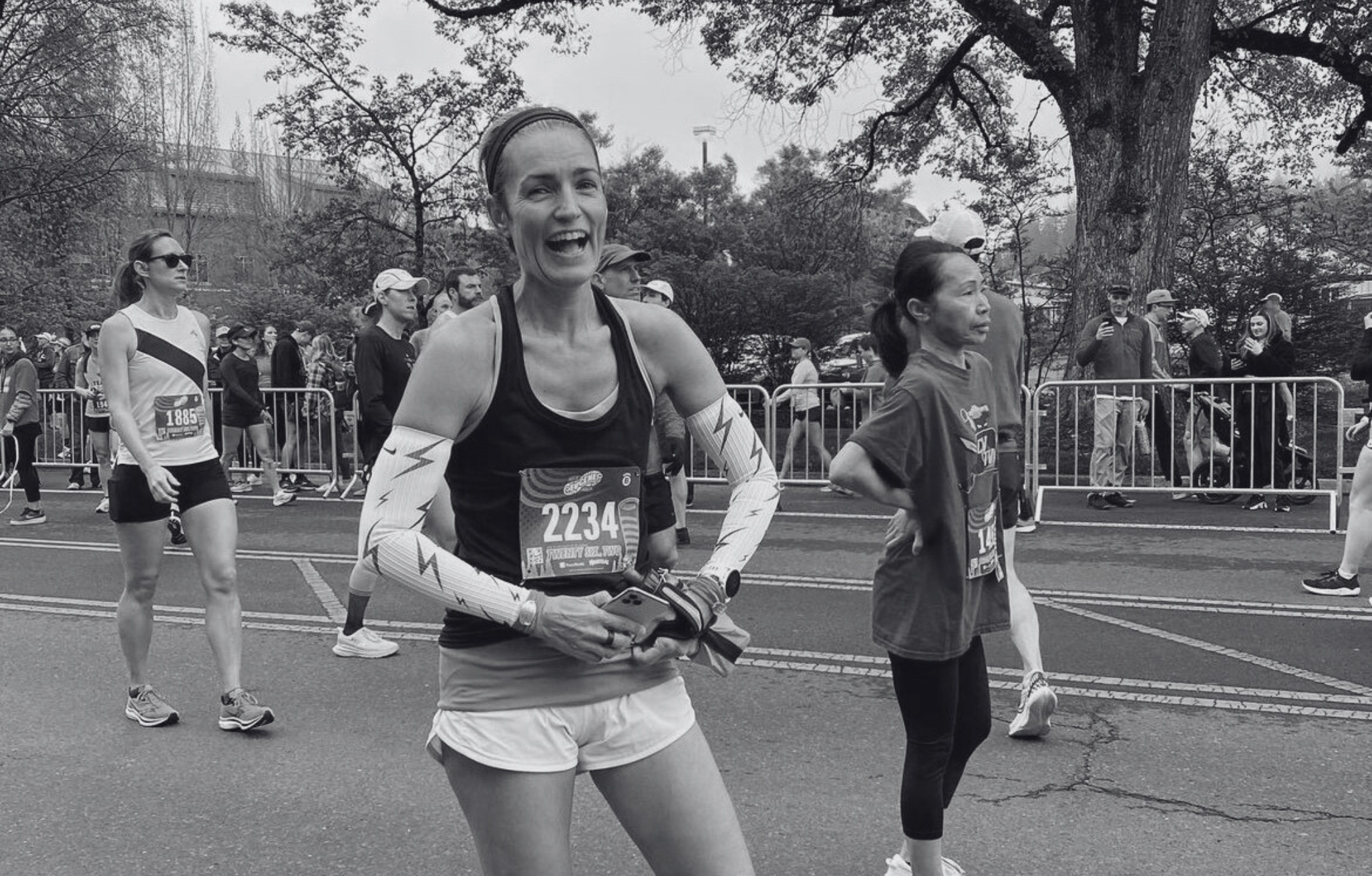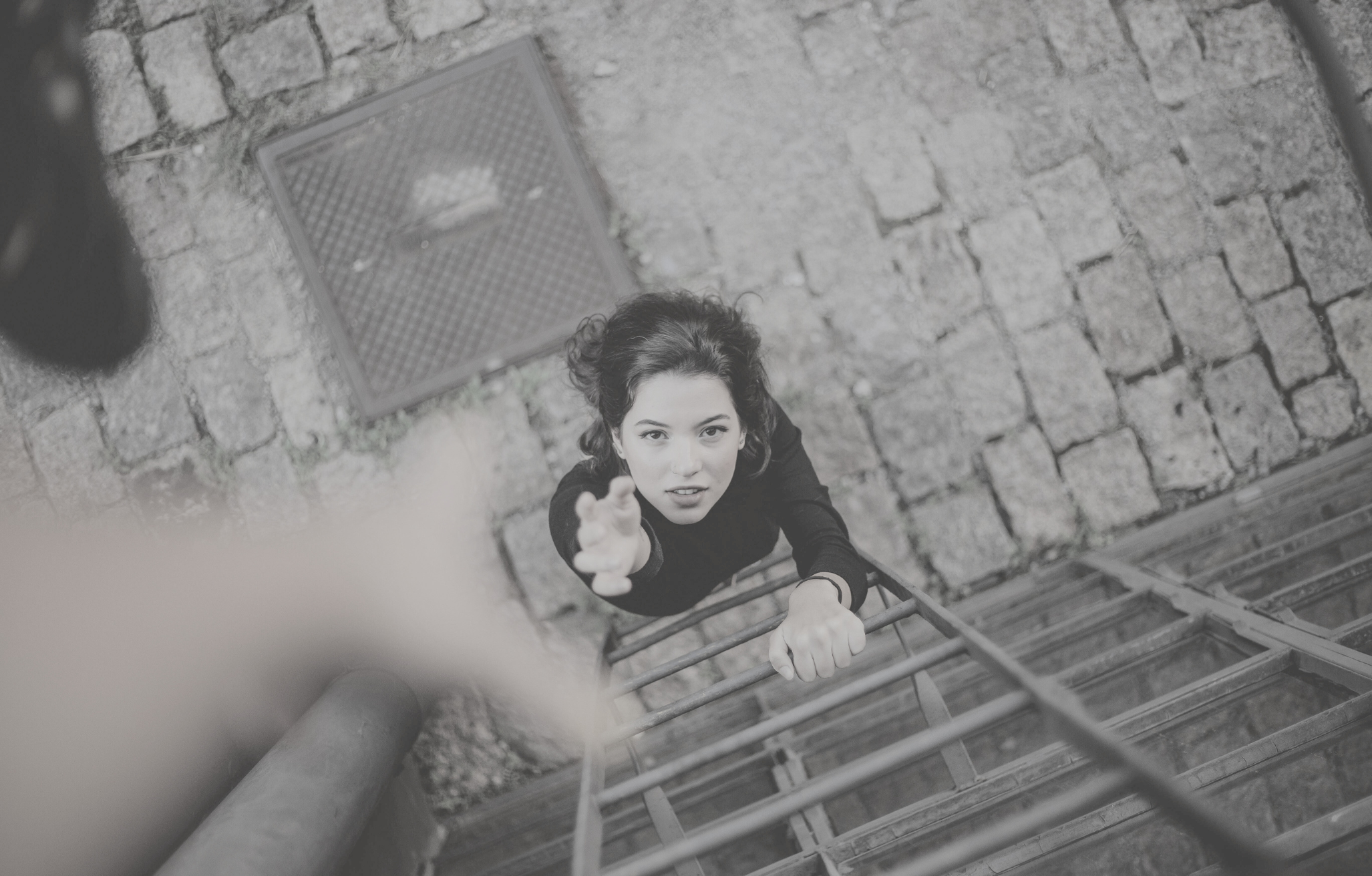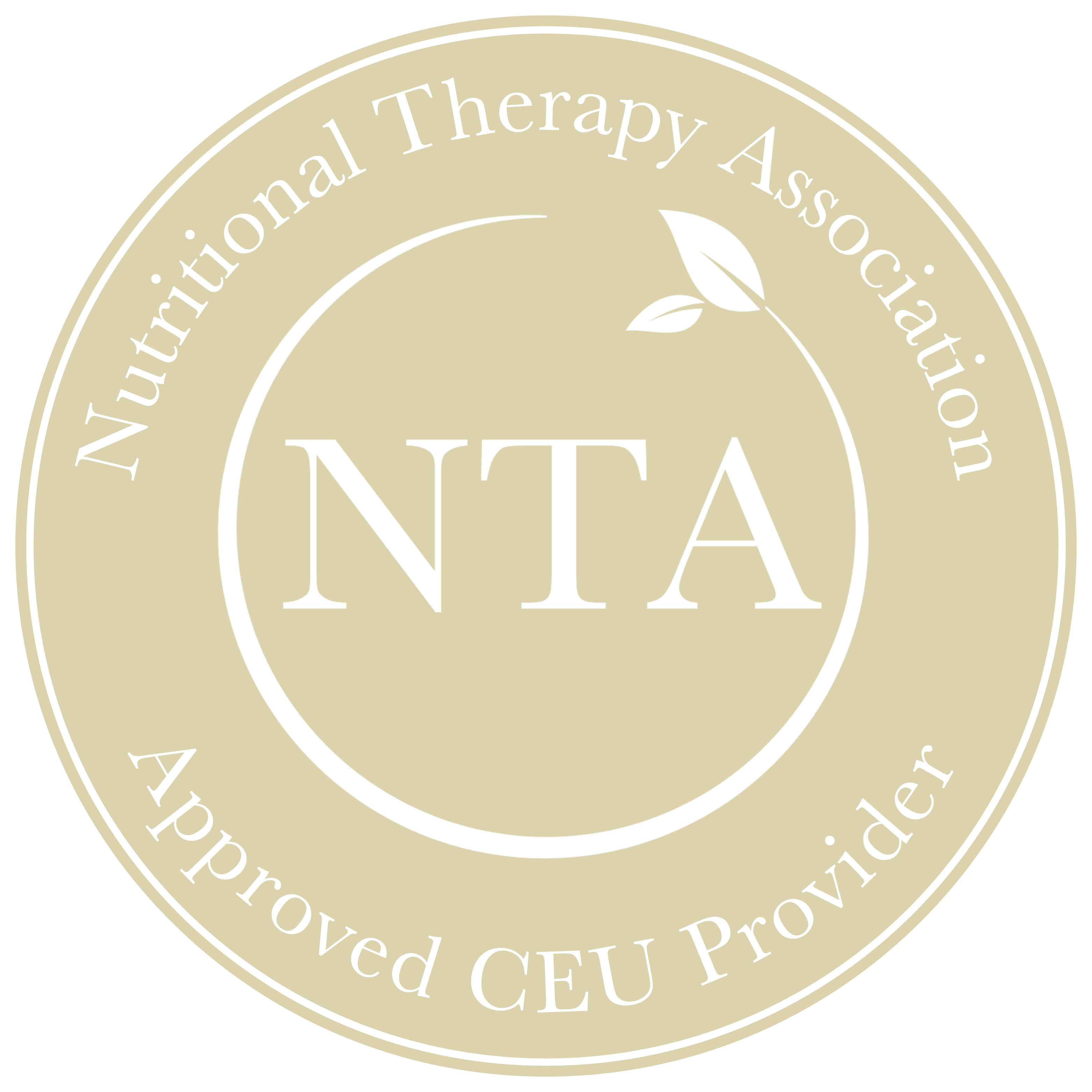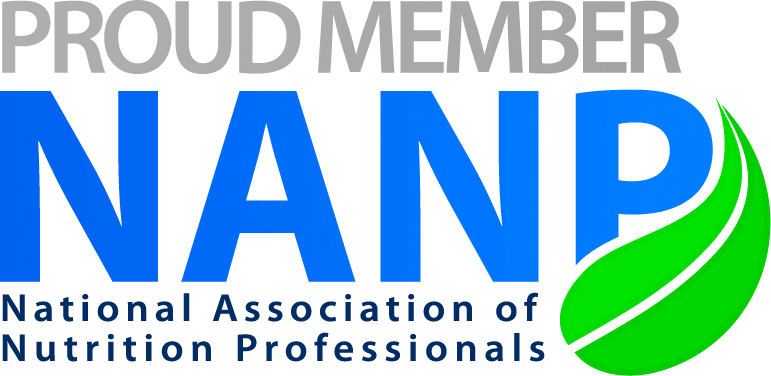We were just over four miles into a 10-mile run when it happened. We were in the beautiful Forest Park in Portland’s northwest. It’s a lovely trail for long runs with mile-markers every quarter mile and a nice wide path with few hazards. No concrete, the quiet of the forest, oxygen-saturated air, time to reflect and reconnect with one of my closest girlfriends. The perfect way to start a weekend.
Suddenly my right knee started to complain, loudly. We stopped running and I immediately started walking sideways, a trick I’d learned from this very girlfriend to wake up my glutes. This was usually all I needed to get back in balance so we could continue on our run. Unfortunately this time it wasn’t working.
Thankfully said girlfriend was none other than fitness rehabilitation expert, Laura Coleman. I knew whatever happened, I was in good hands.
At her suggestion we ran backwards for a while.
Then I did some bear crawls.
More walking sideways.
Nothing worked. And, now, any straight ahead motion had me cringing in pain.
I asked Laura if we should turn around, even though I already knew her answer. “No” she said flatly. “Okay fine,” I sighed. I decided to trust her and keep going.
Now, on one level this makes no sense. I was clearly injured. Why would we go further into the woods instead of back to the safety of home, my couch, some anti-inflammatories, and an ice pack??
Laura has a very different approach than the standard “RICE” treatment of injuries, and I chose to trust it.
Instead of simply easing the discomfort of symptoms, we would get to the root of the problem and work to re-establish functional balance so that my knee wouldn’t have reason to complain. The only way to do this was to keep going. Stopping, icing, resting, and so on did nothing except alleviate the pain. It wouldn’t help us get to the root of the problem in any way.
We kept going. And we kept investigating…
I walked sideways on each side noticing which glute was awake and which glute was asleep. I walked backwards. I did more bear crawls. We ran slowly forward going uphill, consciously focusing on driving through our heels to engage glutes and hamstrings (this was my aha! moment – I had no access to my hamstrings – that’s kind of a big deal). After a while I settled into a form of exaggerated speed walking really focusing on my knee extension, glutes and hamstrings.
I tentatively tried to run again.
No pain. Not even a hint of it.
By this point we’d reached our turn-around and were heading back to the car. At about 6 miles into the run, I was able to run again – normal pace, pain free. Brilliant!
I turned to Laura: “God you’re good.” She just laughed. But the story doesn’t end there.
The next day, I woke up and now my left knee was a little wonky. I broke out the tools I’ve learnt from Laura over the years: rolling out my legs; doing exercises to engage my glutes, hamstrings, and hip flexors; twisting to open up my spine. It helped.
Monday morning arrived and my right knee was happy as a clam but that left knee was still a little crimpy. Typically, I do a pretty intense workout on Monday mornings and I hesitated. Should I go ahead and do it? Wasn’t that risky? What if I really injured myself this time?
Laura isn’t a fan of resting through injury and I could hear her in my head: “There’s no such thing as ‘I can’t!’” so, I did the class, using every exercise as an opportunity to check in with my muscles: Which muscles are awake and working properly? Which aren’t? What can I activate and focus on with this exercise?
Moving my body felt good. It was one of the more focused workouts I’ve ever done. A couple of movements didn’t feel good so I modified them to something that would focus on activating key stabilization muscles instead. All good.
After class, I spent a little time with Laura directly. We quickly uncovered the root of the issue (in case you’re interested: left hamstring almost completely unresponsive due to left quad being totally locked up). We worked on it for a good 45 minutes – me cursing at Laura through most of it because tight muscles hurt when you go to release them! I felt better, but not perfect afterwards.
That night, I continued the work. Things were feeling much better. Not 100%, but significantly improved.
And then it happened: I bent over to help my daughter in her bath and the stretch in my hamstrings felt great. So good that I stayed there for a while, stretching, when suddenly I felt a huge pull in my right leg and on standing, I could barely put any weight on it without screeching in pain. It was worse than it had been on the run. Significantly worse. All I could think was: F*ck!!
I tried not to cry. I’d been working on this now for three full days – rolling out, activating, releasing, rebalancing – and I felt defeated. I sent Laura a desperate text at 9:30pm… “I feel old and broken.” Her response: “Crawl.”
She was telling me to go back to the very basics and do some of the core foundational exercises – especially crawling. It calmed my knee down enough to get to sleep, and I woke up the next morning to continue the work. More crawling, releasing, activating. My daughter looked at me and said, “Mommy is crawling like a monster!!” Sadly, it fit.
I set the alarm on my phone and every 30 minutes I did some kind of exercise – crawl, release, activate. Then one time when I got up from work to do my next exercise I noticed: nothing. No pain. No discomfort. No tweaking. No pulls. Nothing out of balance. In fact, I felt better than I had before the run on Saturday morning.
I did a couple of squats just to see – beautiful! I walked up and down stairs – easy! I jumped, I skipped, I ran. All back in beautiful, blissful balance!
Now… that’s a big old story with probably more than you’ve ever wanted to know about my knees. But here’s the key point: When I finally fixed things, I had truly fixed them.
I had gotten to the absolute core of the problem and re-established my functional balance from there. I never once focused on the symptoms. Did it hurt? Heck yeah. But I used that pain as inspiration to keep going and feedback from my body that things were still out of balance.
I learned some powerful lessons that day, many of which remind me of the work we do as Restorative Wellness Practitioners:
-To truly heal something, we have to move through it. We can’t turn away from it.
-Symptoms are key messages that our body is giving us. Suppressing them tunes out the valuable feedback they provide.
-Symptoms are powerful motivators. When we don’t rush to suppress them, they inspire meaningful action.
-Getting to the core of an imbalance takes a lot of work, patience and trust in both the process and ourselves as practitioners. It is definitely the harder path, and at times, it downright sucks.
-Sometimes things get worse before they get better – often before a real breakthrough.
-If we don’t address the root of the issue, our clients will stay imbalanced and their metaphorical knee will continue to complain. Even if we hide the symptom and quiet it down artificially with anti-inflammatory strategies, we’re not actually doing anything about the real problem.
-Finding the root issue isn’t always a straight path, often it’s a process of peeling back the layers to reveal new levels of imbalance.
-Even though getting to the root problem can be hard work, it is totally worth every minute of it. And the end result is a balanced body that is optimized to truly thrive, rather than an endless and growing dependence on symptom-mitigation techniques.
Every day in your practice, you have a choice – do you focus on getting to the root of your clients’ health issues? Or, do you simply mitigate the symptoms they are experiencing? Sometimes, you need to do both – but, in my experience (and the experience of over 1,200 Restorative Wellness Practitioners), the benefits of addressing the root cause far outweigh the challenges of the process.
So, what are you addressing? The symptom, or the cause? If you want to learn more about how to address the cause, check out our foundational program Mastering the Art & Science of Gastrointestinal Healing.







